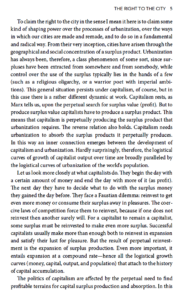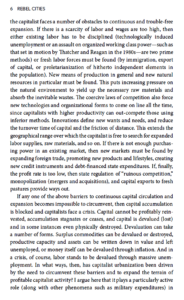
Book (in Swedish): here
The Swedish parliament’s process leading up to the decision: here

A Threefold Critique of Tax Deductions RUT and ROT
(Division of Labor, Commodification, Regressive Distribution)
Rut-avdrag is a tax deduction for domestic services in Sweden. It was implemented in 2007, and has been expanded continuously. Rut is an acronym for rengöring, underhåll, and tvätt (cleaning, maintenance, and washing), but it is also the Swedish spelling of the feminine forename Ruth.
Rot-avdrag is a tax deduction for construction services on existing, privately owned buildings in Sweden. Rot is an acronym for renovering, ombyggnad, and tillbyggnad (renovation, reconstruction, and additional construction). The tax deduction is part of a larger and older stimulation program called ROT-programmet. The Swedish word “rot” means root.

